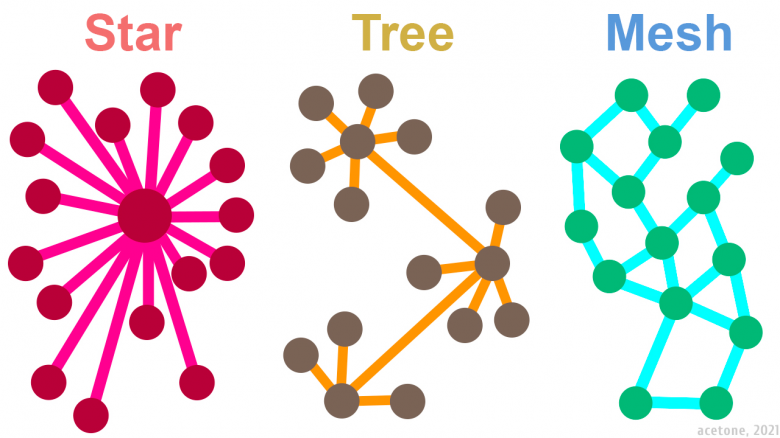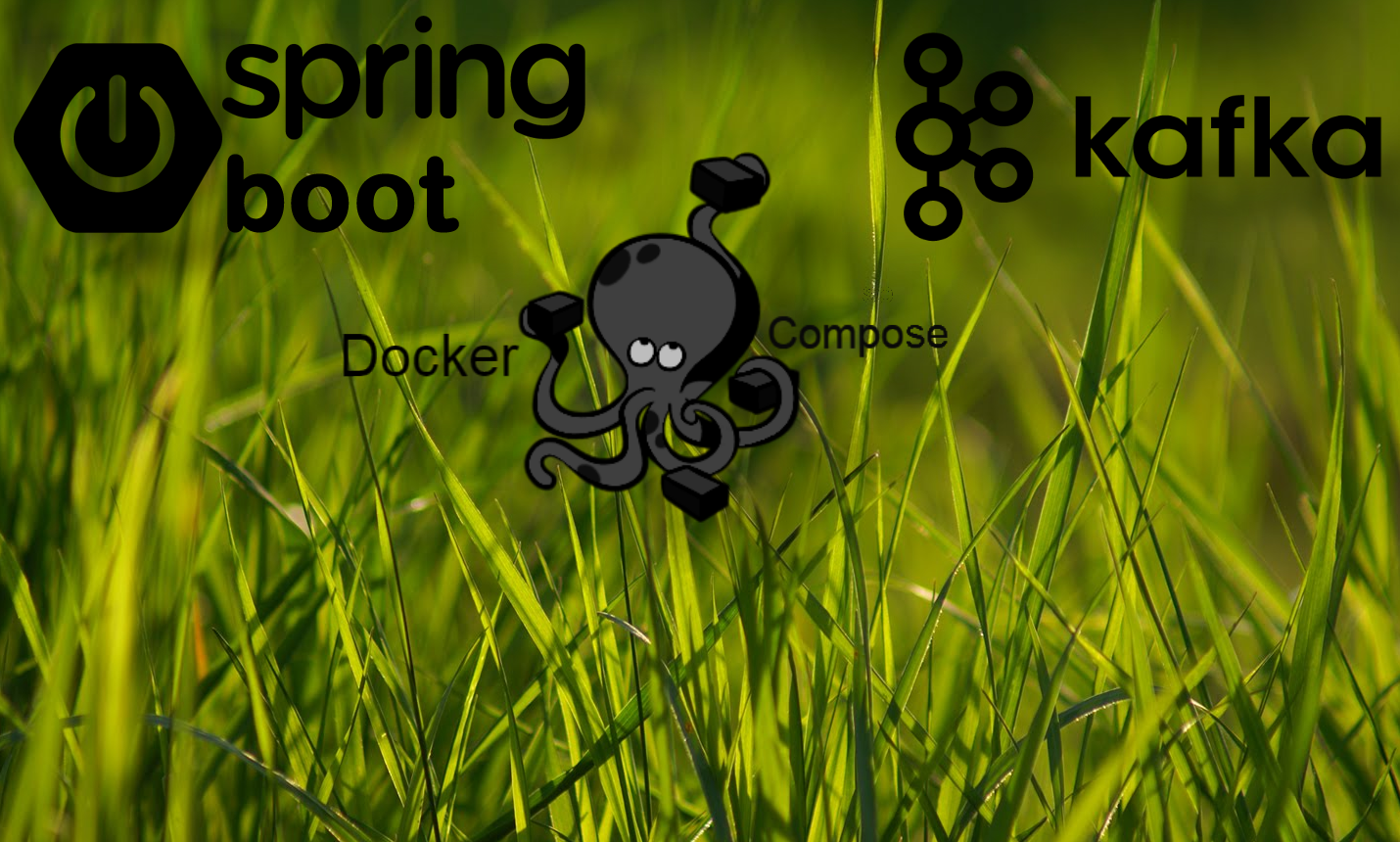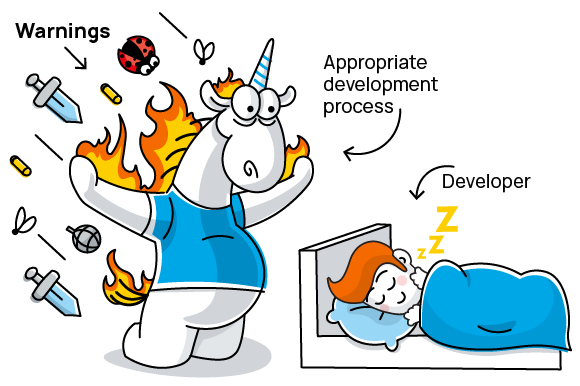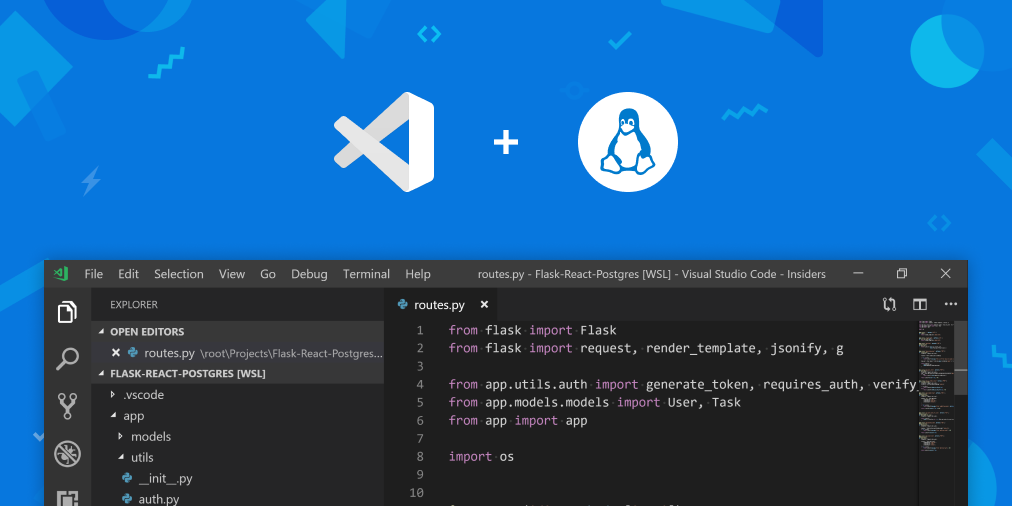
Monitoring systems are a vital tool for any system administrator, because they can be used to extract specific information from services, such that:

Monitoring systems are a vital tool for any system administrator, because they can be used to extract specific information from services, such that:

This article is aimed to describe FreeBSD OS as a platform to launch cloud guest OSes with simple API capabilities, using MyBee and DevOPS I really like!

A few weeks ago we wrote an article about Docker and WebRTC servers and talked about the intricacies of launching containers. Our readers (rightly) questioned whether Docker was a suitable tool for production, for the following reasons:

The potential of VoIP to your customers is simply phenomenal. Businesses are experiencing the advantages of VoIP’s cost-efficiency and reliability and now you can pass these benefits onto your own customers very easily. Cloud telecommunication is sophisticated and easily integrated. Confidence in this technology is growing fast. There has never been a better time to start talking to your customers about adopting this solution. It will deliver huge business benefits for them and has the potential to increase business income and profitability.
The developer or owner of a software product often faces the question of choosing a suitable location for hosting server capacity. As you know, software always meets hardware.
In the previous article we refreshed our memory of WebRTC CDN and the ways this technology helps to minimize latency for WebRTC streams. We also discussed why load balancing and autoscaling wouldn't be amiss in CDNs. Here are the main points from the article:

The modern browsers do not give users a choice between using WebRTC and not using it. And while you can playback streams using HLS or MSE, WebRTC remains the only tool for capturing camera feeds and publishing streams from a browser. The browser developers have accepted this "format" and integrated it into their products – just as they used to support the Flash Player as a plugin. The only difference is that WebRTC comes natively integrated into the browser — as code, not a plugin. If, in a few years, a new and better library for video streaming is introduced they will undoubtedly make a switch. But these days, Chrome maintains its dominance, so no contenders for WebRTC are in sight.
The vast majority of IT specialists in various fields strive to perform manually as few actions as possible. I won't be afraid of the loud words: what can be automatized, must be automatized!
Let's imagine a situation: you need to deploy a lot of servers of the same type and do it quickly. Quickly deploy, quickly undeploy. For example, to deploy test rigs for developers. When development is carried out in parallel, you may need to separate the developers, so they don't impede each other and possible errors of one of them don't block the work of the others.
There may be several ways to solve this problem:

Smoothly the era of mesh-networks is upon us. At the very least, the term is appearing more and more often in the information sphere. What attracts the attention of networkers? Let's try to understand the question, taking Yggdrasil network as an example as one of the most promising prototypes. The article is intended for a wide range of readers.

Tested on the following configuration:
Server: ubuntu 20.04
Clients: ubuntu 16.04, 18.04, 20.04
It doesn’t require a lot of software to create it.

Privet, comrads!
In this article i’ll show how easy it is to setup Spring Java app with Kafka message brocker. We will use docker containers for kafka zookeeper/brocker apps and configure plaintext authorization for access from both local and external net.
Link to final project on github can be picked up at the end of the article.


Chances are that while you've been using FileZilla you've also come across the ECONNREFUSED — connection refused by a server error. If that's the case — great that you've found this tutorial! I am going to show you three methods that might help you with resolving this FTP error.



Working with SOAP often gets tricky, and dealing with WSDL might be a huge contribution to the complexity of this task. Really, it could be the least expected thing to face when you are into a modern & fancy language like for example, Scala, that is well known for its reactiveness and asynchronous way of dealing with requests. In fact, many of the software developers that have made their way into industry quite recently, might not even know about SOAP and WSDL protocols, and get quickly annoyed or even enraged when first trying to connect to such a legacy service. So, should we deprecate this altogether in favour of modern technology stack, or maybe there is a less painful solution?